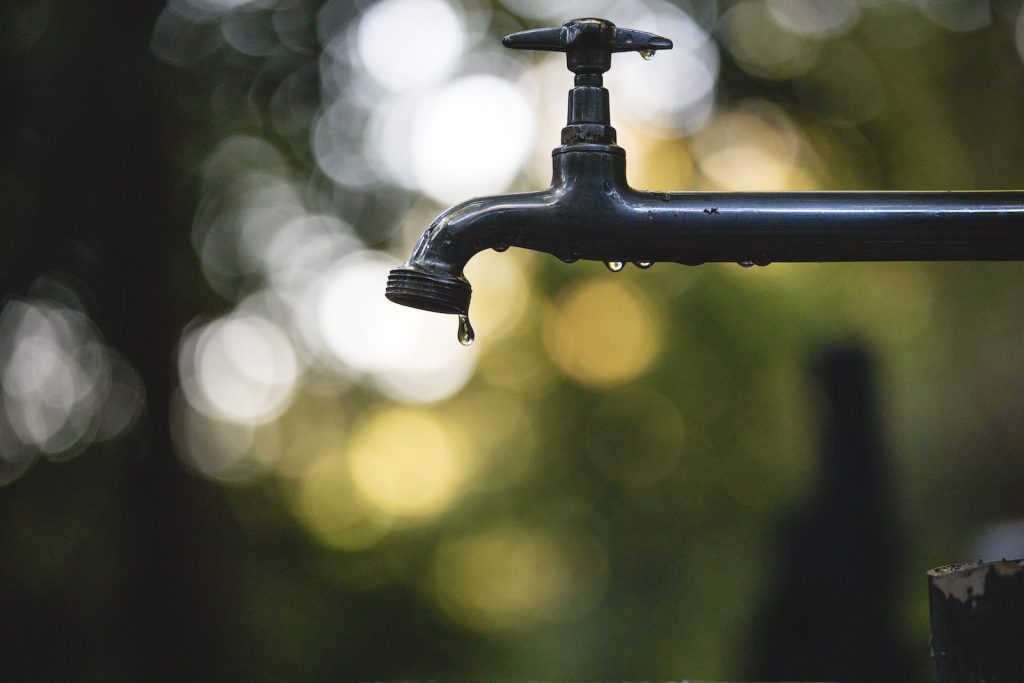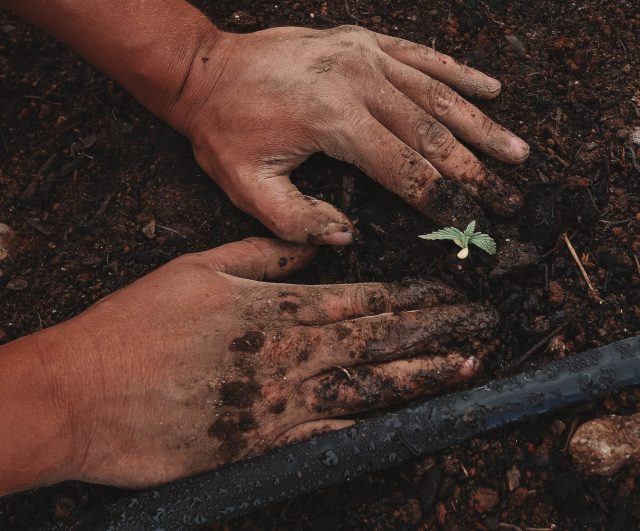Creating a beautiful and bountiful garden requires effort, patience, and proper planting techniques. Having a lush outdoor space is aesthetically pleasing and can provide an enjoyable place to relax or grow healthy fruits and vegetables. Knowing the right steps to take when planting helps ensure a successful garden. This article will provide an overview of the basics of planting techniques to get your garden off to a strong start.
Planting Techniques
Planting techniques can make or break a garden, so it is important to understand the basics. If you want your garden to be successful, there are certain steps you should take before and after planting. From selecting the right plants for your climate to caring for them throughout their growth cycle, here’s how to ensure success in your garden. When selecting plants, research what types of flowers and vegetables will thrive in your environment. Make sure that the soil pH balance is adequate for the type of plantings you are doing, and consider whether any pre-planting soil treatments may be necessary. After choosing the right plants for your climate zone, please pay close attention when planting them properly to maximize their chance of growth and healthiness.
Soil Preparation
Growing a garden can be an exciting way to enjoy nature’s beauty and provide fresh fruits and vegetables for your home. For those looking to ensure success in their garden, soil preparation is key. Properly preparing the soil before planting is essential for any successful gardening venture. First and foremost, testing your soil’s pH level will give you insight into which plants are best suited for your environment. Knowing this information will help you decide what kind of plants should be grown in that area and what type of fertilizer should be used to maximize growth potential. Additionally, consider adding compost or mulch to the soil to improve its quality and water retention properties. This will help promote healthier root systems and keep nutrients readily available for plants during drought or intense heat. Check our article on soil!
Plant Selection
Plant selection is a critical component for any garden, so it’s important that you understand how to choose the right plants for your particular environment and preferences. Whether you’re looking to create a lush flower bed or nurture a thriving vegetable patch, here are some tips on ensuring success in your garden through proper plant selection. Start by researching the hardiness zone of the plants you’d like to grow. This information can typically be found online or at your local nursery and will indicate what type of weather and soil conditions each specific plant requires. Additionally, consider other factors like potential pests or diseases that could impact certain species in your area and any sun or shade requirements for each plant.
Planting & Spacing
Knowing how to plant and space your garden properly can be the difference between a successful and unsuccessful harvest. Here are some tips on ensuring success in your garden by planting and spacing correctly. When you’re deciding where best to place your garden, consider factors such as the amount of sunlight available, soil drainage, wind exposure, and temperature changes throughout the season. Once you’ve identified the ideal spot for your plants, start planning out how much room each type of plant needs for its roots to grow correctly. Ensure there is enough space so each plant can access adequate water and nutrients from the soil without getting crowded out by other plants too quickly.
Water Management

When it comes to gardening, the key to success lies in correctly managing your plants’ water needs. Knowing exactly how much and when to water your garden can seem challenging, but with a few essential tips, you can ensure that all your plants get the hydration they need. The amount of water each plant requires depends on its species and its environment.
Generally speaking, most plants need regular watering during hot or dry weather. Additionally, different parts of a garden may require more or less watering, so it is crucial to adjust for this as well. To help keep track of what needs watering when considering using an irrigation system or setting up timers for manual irrigation methods. You should also make sure that you are aware of any local water restrictions and adjust accordingly; many cities will offer various strategies for conserving water while still keeping gardens healthy. Check out our article on garden irrigation!
Weed Control
Having a lush, vibrant garden doesn’t come without effort. To ensure success in your garden, weed control is an essential part of maintenance. Keeping weeds at bay keeps your plants healthy by limiting competition for water and nutrients in the soil. Additionally, it can reduce the potential spread of disease and pests that weeds may harbor. Weed control can be achieved through both manual removal and chemical herbicides. Physical removal involves either digging out the entire root system of each plant or cutting them off at ground level using sharp tools. Chemical herbicides are available as liquid sprays or granules to prevent new weed growth and kill existing ones. Still, they should be used cautiously as they can damage desirable plants if not applied correctly according to the manufacturer’s instructions on the product label. Proper weed control is key for successful gardening outcomes and healthy plants year-round.
Fertiliser Use
Knowing how and when to use fertilizer and what type of fertilizer your plants will help you cultivate the healthiest garden possible. To get the most out of your fertilizer, it’s important to understand what kind of soil you have and what nutrients are available. You should also consider the climate conditions in your area, such as temperature, moisture levels, and sunlight exposure. Once you have this information, you can select a fertilizer best suited for the specific needs of your plants. Additionally, follow package instructions closely when applying any fertilizer; too much or too little can cause damage to plants or even kill them altogether.
Garden Success
The conclusion is that with proper care, planning, and attention to detail, anyone can have a successful garden. With the right knowledge and resources, you can easily turn your gardening dreams into reality. Planning out your space, having the right tools and materials on hand, and understanding what types of plants are best for your climate will go a long way towards creating an abundant garden. Additionally, it’s important to practice good maintenance techniques such as mulching and composting – this will increase the water-holding capacity of soil while preventing weeds from taking over. Finally, remember that patience is key when it comes to gardening; it takes time for plants to grow and mature properly but the effort is always worth it in the end!






























